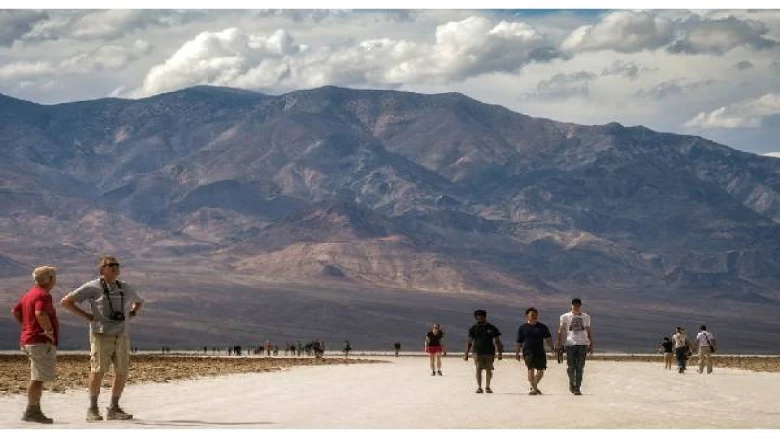National

Sasan Saadat, a senior policy expert for Earth justice, said this mega drought pushes Californians to make environmental choices that scientists did not expect to see for decades.
Digital Desk: The effects of climate
change are advancing at a pace no one could have anticipated in California as
the state enters its third consecutive summer of a painful drought.
Research
published in February showed that California’s current drought season is linked
to a longer megadrought that has persisted since 2000.
But the 22-year period, which is the
driest in 1,200 years, is fueled by human-caused climate change, according to
environmental scientists. As a result, the state is battling relentless
wildfire seasons that blot out the sky, forcing some people to keep their
windows shut for months and others to become climate refugees.
Sasan Saadat, a senior policy expert
for Earth justice, said this mega drought pushes Californians to make environmental
choices that scientists did not expect to see for decades.
"We didn’t expect these
results," Saadat told The Climate 202 when asked about the intensifying
weather events Californians face almost every day because of human-caused
climate change. "They’re the result of the procrastination of our failures
from before," Saadat said. "Things will get much worse if we continue
to procrastinate," he added.
Despite California’s being known as a
beacon for environmental policy across the country, state Sen. Dave Cortese (D)
said state legislators had put the drought on the backburner.
In September 2020, after wildfires had
affected more than 3 million acres of land, Gov. Gavin Newsom (D) vowed to ramp
up California’s climate change plan, citing the growing risks from severe heat,
sea-level rise, and impacts on environmental justice communities.
He also called the state’s target of
reaching 100 per cent clean energy by 2045 "inadequate" and ordered
the California Air Resources Board to draft its 2022 Scoping Plan - a climate
action blueprint that is published every five years and "evaluates
pathways" to reach carbon neutrality by 2035 and phase out oil entirely.
But a draft of that new plan, which
was released last week, still maintains the original 2045 target because it was
"the most economically and technologically feasible route to carbon
neutrality," according to the board.
"The
modelling shows that the ambitious target towards 2035 results in some
significant costs that will have significant economic impacts," CARB Chair
Liane Randolph told reporters, according to E&E News’ Anne C. Mulkern.
"When you’re transitioning away from fossil fuels, you need to replace
that activity with something else." The 2045 target allows us to fold in
those costs over time.
Leave A Comment